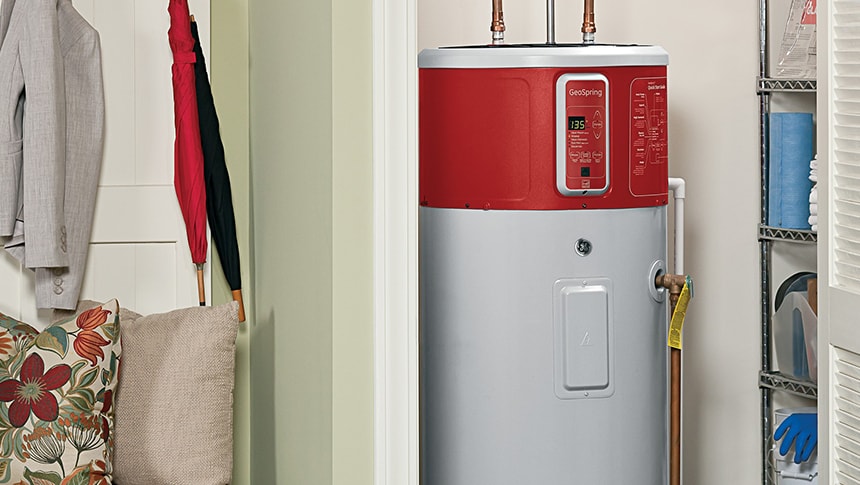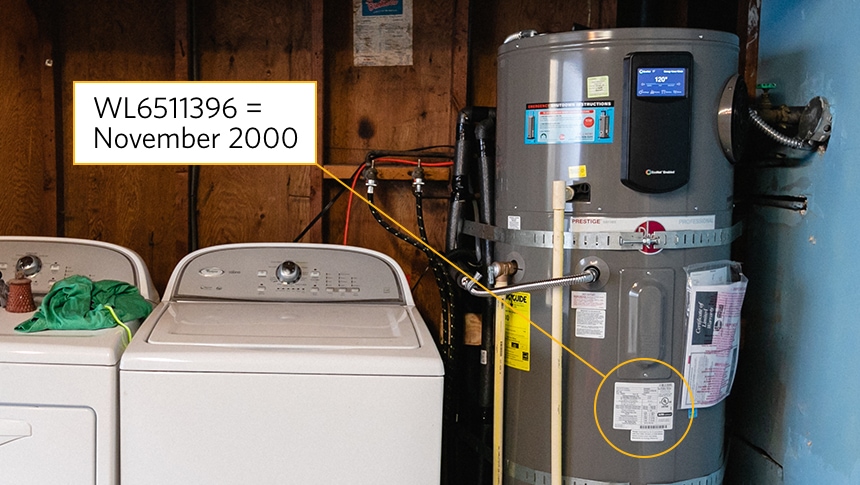How old is my water heater?
Water Heater Updated: September 10, 2021

The lifetime of a water heater can range from eight to 20 years. Knowing how old your water heater is can help you plan for potential maintenance—or decide when it’s time to get a new one. The following tips from the Northwest Energy Efficiency Alliance can help you determine the age of your water heater and whether you should consider a replacement.
Water heaters are typically tucked away out of sight in the basement, attic, crawlspace, utility closet, laundry room or garage. The closer it is to your kitchen or bathroom, the faster the hot water can travel to those faucets.
The manufacturer label on the side of your water heater should include the installation date. If the label is unavailable, try checking your water heater’s serial number. This should also be located on the side of the tank, usually somewhere near the warning labels and energy guide.

Each manufacturer has a different format for their serial number, so the way the installation date is displayed varies. Identify the manufacturer of your water heater and use the following guide to determine how old your water heater is.
Note: Bradford White water heaters manufactured 20 years apart will have the same letter designation.
Now that you know how old your water heater is, you can determine whether it needs replacing. If your tank-style unit is 8–10 years old or your tankless unit is 15–18 years old, it may be time for an upgrade.
In addition, you may want to consider getting a new water heater if you experience any of these warning signs:
Upgrading your current water heater with an energy-efficient model before it breaks down can help you avoid costly water damage, reduce your energy and maintenance costs, and save you the stress of dealing with an emergency replacement.
